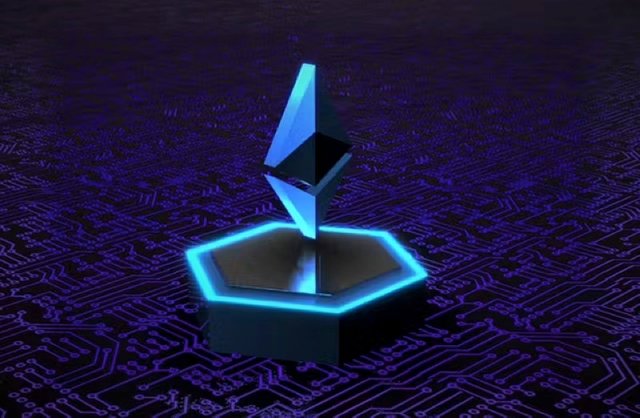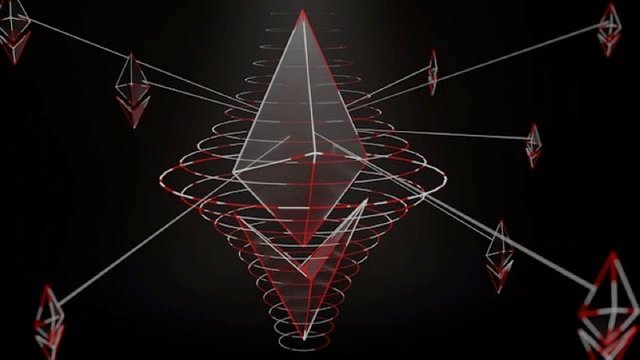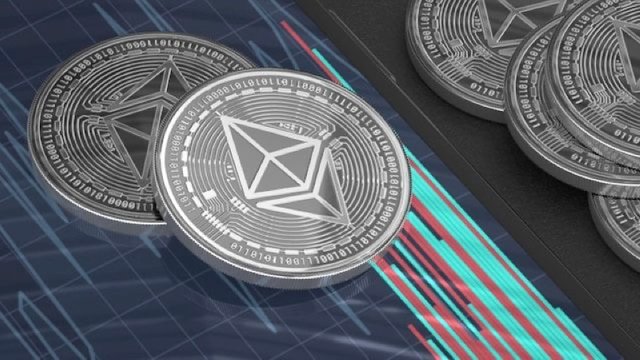The Upcoming Ethereum Pectra Fork

The internet has been awash the past few days with the pending hard fork to the Ethereum platform, named Pectra. While Pectra is a necessary fork to further the development of the Ethereum Blockchain, it has also brought up several controversies, leading users to wonder if the fork will take place at all.
Curious about the Pectra fork on the Ethereum platform? Keep reading as we dive into the specifics of this fork, and what users can expect when it happens.

What is Pectra?
Pectra is the next technological advancement for the Ethereum platform, slated to happen after the Dencun upgrade. Pectra is a critical upgrade to the EVM system.
There are four goals of the Pectra upgrade, namely improving the key usage process, and setting up the blockchain to be quantum computer resistant. Additionally, Pectra will allow batching of transactions to clear up network congestion, as well as allow sponsored transactions.
While these may not seem like a big deal on their own, recent congestion when executing ETH transactions has led to a lot of users becoming frustrated with the platform. This upgrade is supposed to help clear congestion, and expand the uses for EVM, especially in businesses.
It is important to note that the developers of Ethereum are already shadow-testing the Pectra fork behind the scenes. As of right now, there isn't a known date for the pushing of the Pectra fork, despite the fact that it is already being tested behind the scenes.
The Dencun upgrade to Ethereum is occurring on March 13th, 2024, so it is expected the Pectra fork won't occur for a number of months.
Related: Warning: New Crypto Scam on Telegram
Why Are So Many People Against Pectra?
In mid-February, the developers of Ethereum met to discuss the Dencun upgrade, and during this meeting, many of the vulnerabilities of the future Pectra upgrade were brought to light. The main one being that these upgrade will lead to wallet fragmentation, which leaves a few holes in current Ethereum security, allowing potential malicious actors access to wallets in specific instances.
Ethereum keeps security as a number one priority, and in the last few weeks, several EIPs, or Ethereum Improvement Protocols, have been invented to close the holes left by Pectra. The only problem now is choosing which ones to implement and implementing them before the Pectra fork occurs and causes the vulnerabilities.
Is Pectra Good for Ethereum?
In general, any upgrade a blockchain undertakes is good. Not only do upgrades help expand the uses of the blockchain, but they typically improve the user experience, and improve functionality.
There is a dark side to upgrading though, as it can expose minor vulnerabilities, some of which aren’t discovered until after the upgrade is carried out. But, despite this fact, upgrades are a very positive thing, and Pectra is good for the Ethereum blockchain, as long as the engineers can properly prepare for the known coming vulnerabilities.

What EIPs Have Been Proposed?
The Ethereum EIP system allows any coder to make a protocol and promote it to Ethereum developers, but it doesn’t mean it will be adapted. So far, there have been several major EIPs proposed to be implemented with Pectra, and they are EIP-7610, EIP-7523, and EIP-7251.
Of course, each proposal includes its own pros and cons, but many professionals in the blockchain industry are insisting that Pectra cannot go forward without at least one of the protocols being implemented to cover security vulnerabilities.
Below are short summaries of the proposed EIPs:
EIP-7251
EIP-7251 increases the maximum effective balance when staking from 32 ETH to any number (also called maxeb), which will help prevent the possibility of staked ETH outgrowing the new fork before adjustments can be made to the blockchain.
EIP-7610
The EIP 7610 is a unique EIP that was created to prevent account overwriting with the fork. This means if an individual tries to make an account post-Pectra in a place where an account already exists, the system will not allow them to do so.
While there are already some protections in place that protect against account overwriting, EIP-7610 is more in-depth and can only be implicated during a hard fork, meaning this may be the last opportunity to do so for quite a few months.
EIP-7523
Similar to EIP-7610, EIP-7523 is a retroactive EIP which would solidify some earlier security fixes. EIP-7523 prohibits empty accounts on the network. This saves technical space, cleans up memory space, and keeps the EVM running efficiently.
Without EIP-7523, there is a possibility that with the fork, numerous empty accounts will be created and left to take up space on the network.
Of course, there might be different EIPs included in the final Pectra upgrade; these are just some proposals that are considered necessary for the implication of the fork.
Related: Ethereum 2.0: What is Loopring Protocol?
Should You Be Concerned About Pectra?
Honestly, while these are some known vulnerabilities with the coming Pectra fork, the average user and staker doesn’t have to worry. This is because many of the vulnerabilities are considered worst-case scenarios, and it is unlikely that they will all happen, and even if some do, the world won’t end.
Yes, too many people could suddenly start staking, and sure, some empty accounts might sit there, but these issues aren’t immediately catastrophic, as the internet is trying to convince you, mainly, they are detrimental in the long run, and we have full confidence that developers will ensure they are solved before anything crazy happens.
While the fact of overwriting an existing account is slightly more serious, it’s important to note that there are some small fail-safes already in place for this. While implementing the associated EIP will help solidify the blockchain rules post fork, we are confident everything will be okay.
So overall, while there is a lot of fearmongering over the implication of Pectra, you, as the average user, don’t have to worry. Just keep an eye out if you are interested in learning when exactly the heard fork happens and whether or not all of the aforementioned EIPs were included.
Related: Ethereum 2.0 Protocol Basics Explained
This article was brought to you by the Crypto SportsBook on MintDice - place bets with Ethereum today! Originally posted to MintDice.com.